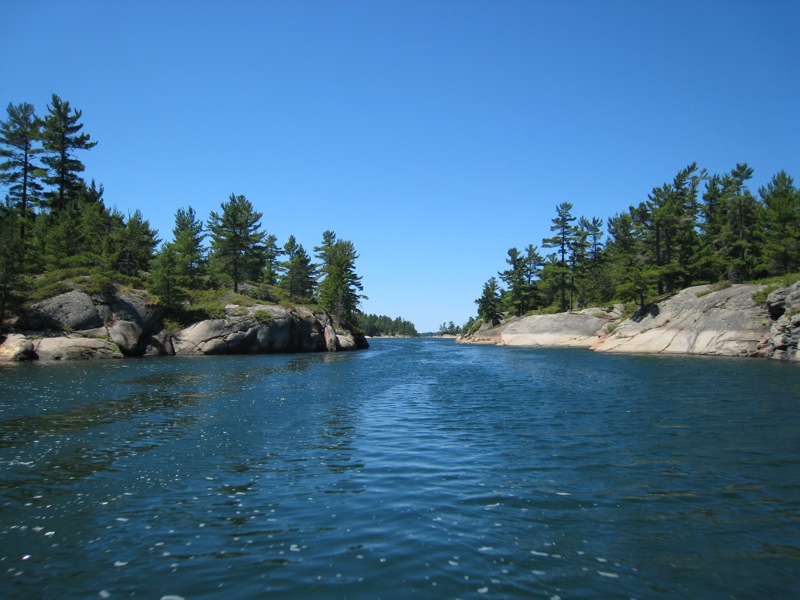
Ever wonder what the people who lived in the Great Lakes region at the end of the Ice Age were like? A new finding from John O’Shea, a University of Michigan archeologist, says that the paleo-Indians of the day were likely caribou hunters, as evidenced by prehistoric stone walls designed for hunting were discovered at the bottom of Lake Huron. The walled ridge discovered by O’Shea runs between Alpena, Michigan and Point Clark, Ontario, as reported in a recent Huffington Post article.
Before Lake Huron existed, paleo-Indians would herd tens of thousands of caribou, likely using the v-shaped, 98-foot-long by 26-foot-wide structure to channel the animals before slaughter, according to the article.
For more information, visit John O’Shea’s research website.
Photo courtesy of Molly Ali


